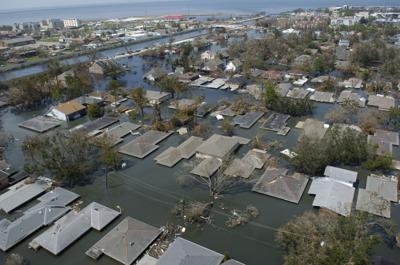For years, advocates and neighborhood groups have alleged that residents of wealthier, White areas of New Orleans got more of the resources they needed after Hurricane Katrina than their poorer neighbors.
A new analysis of Road Home grants by The Times-Picayune, ProPublica and WWL-TV shows that, within the city, those criticisms were well-founded: Wealthier, Whiter areas had a higher share of their damage covered by grants, insurance and FEMA.
Overall, the lowest-income areas of New Orleans ended up with compensation for about 70% of their damage. In the highest-income areas, that compensation covered about 80% of their loss.
Because poverty tracks closely with race in New Orleans, the shortfalls in the city disproportionately hurt Black people.
The news organizations' analysis also showed that Road Home underpaid residents of St. Bernard Parish, a mostly white, working-class community devastated by the hurricane.
This map provides a closer look at the disparities in post-Katrina funding, providing detailed information on the damage, assistance and demographics of census block groups in New Orleans and St. Bernard. Click on different areas to see how they fared and compare them to other parts of the region.
Can't see the map below? Click here to view a full-page version.


